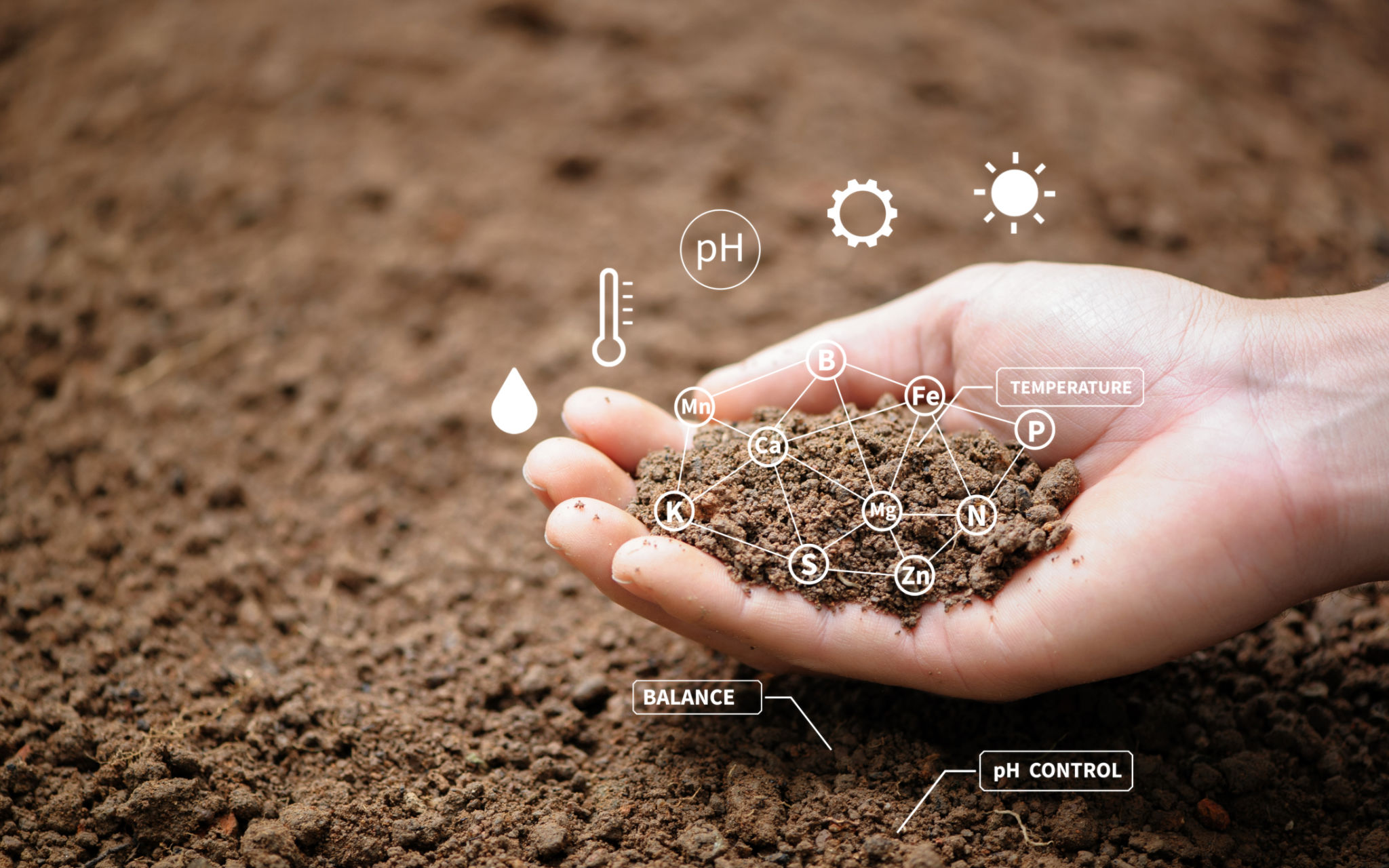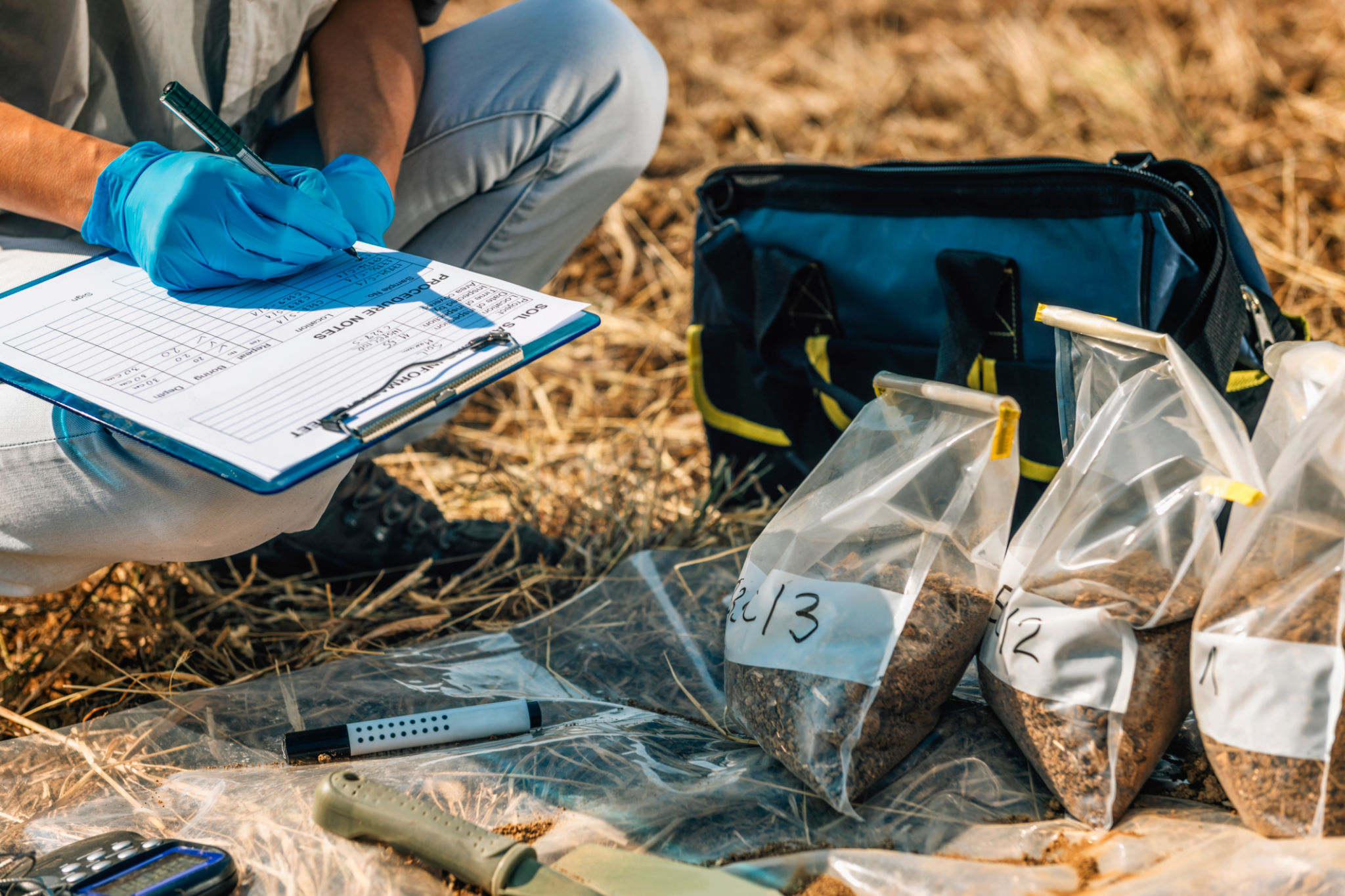Myths and Facts About Soil Screening: Debunking Common Misconceptions
Understanding Soil Screening: Separating Fact from Fiction
Soil screening is a critical process in environmental management, agriculture, and construction. Despite its importance, there are several misconceptions about what soil screening entails and its benefits. In this article, we aim to debunk some of these myths and shed light on the facts surrounding soil screening.

Myth 1: Soil Screening Is Only Necessary for Contaminated Sites
A common belief is that soil screening is only required for contaminated sites. While it is true that screening is crucial in identifying and managing contamination, it also plays a significant role in various other contexts. For instance, in agriculture, soil screening helps determine soil fertility and nutrient levels, which are essential for optimal crop growth. In construction, it ensures that the soil can support structures safely.
Fact: Soil screening is beneficial for a wide range of applications beyond contamination detection.
Myth 2: All Soil Screening Methods Are the Same
Another misconception is that all soil screening methods yield the same results. However, various techniques are used depending on the purpose of the screening. For example:
- Physical Screening: Involves separating soil particles by size to assess texture and composition.
- Chemical Analysis: Identifies specific contaminants or nutrient levels within the soil.
- Biological Screening: Examines the presence of microorganisms and their activity in the soil.
Each method provides unique insights into the soil's characteristics and suitability for specific uses.

Myth 3: Soil Screening Is an Expensive Process
Cost is often a concern when it comes to soil screening. Many assume that it is an expensive procedure reserved for large-scale projects. The reality is that advancements in technology have made soil screening more accessible and affordable for different scales of projects. Portable testing kits and streamlined laboratory processes have reduced costs significantly.
Fact: Soil screening can be cost-effective, especially when considering its long-term benefits in avoiding problems related to poor soil quality.
Myth 4: Soil Screening Results Are Not Reliable
Some people doubt the reliability of soil screening results, believing that they are too variable to be trustworthy. However, modern soil screening techniques have been refined to provide accurate and consistent results. Laboratories follow strict protocols and use advanced equipment to ensure precision.

Fact: When conducted properly, soil screening results are reliable and can be used confidently to make informed decisions.
The Importance of Debunking Myths
Understanding the facts about soil screening is crucial for leveraging its full potential. By debunking these common myths, stakeholders can make better decisions regarding environmental management, agricultural practices, and construction projects. Soil screening is a powerful tool that aids in sustainable development and resource management.
Conclusion: Embracing accurate information about soil screening ensures smarter, more effective use of this essential process across various industries.